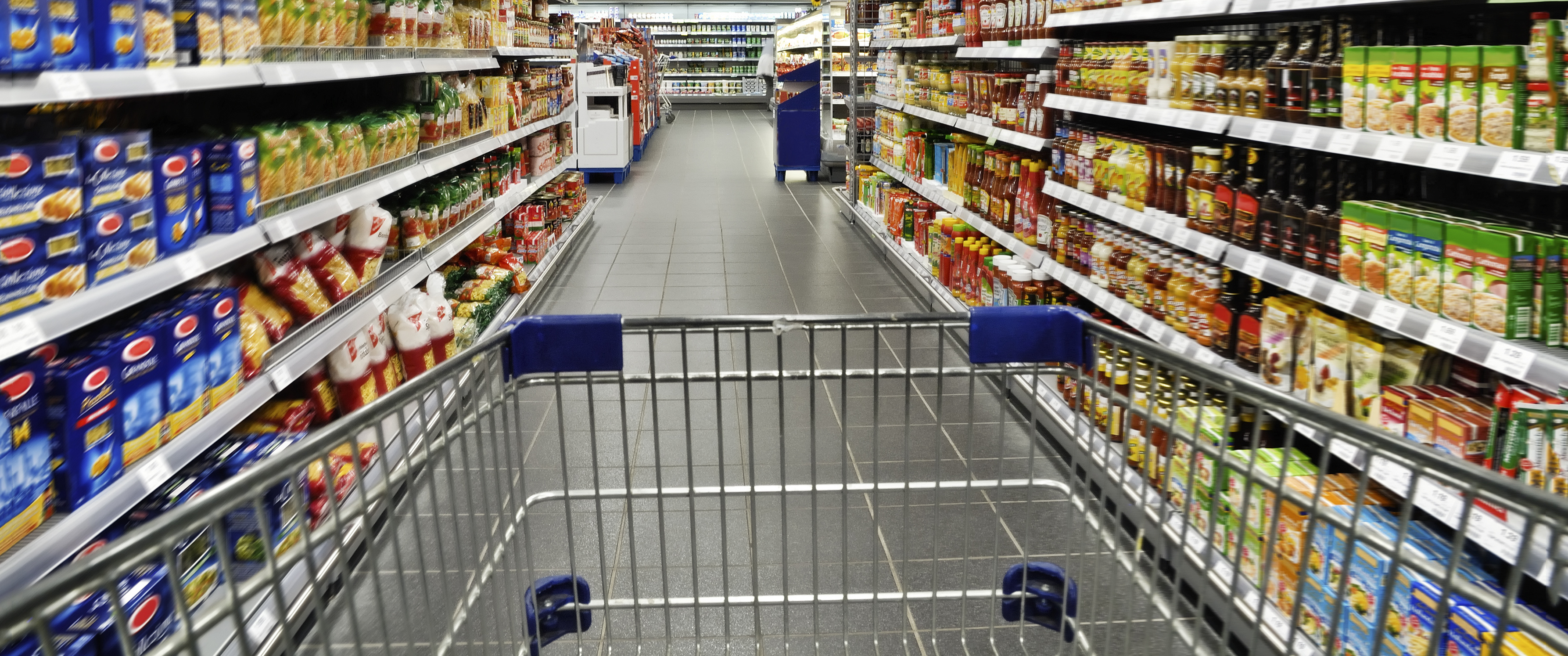The explosion of online retail operations like Amazon has resulted in the closures of clothing, electronics and hardware stores. Not even grocery stores are safe: The upstate New York-based grocery chain Tops Friendly Markets filed for Chapter 11 bankruptcy, just five days after Bloomberg News reported that the company could be seeking bankruptcy protection in the near future.
Tops, which has more than a dozen locations in the immediate Syracuse area and many others scattered across Central New York, has lined up $265 million of financing to help operate during its reorganization process. The 169 Tops stores across New York, Vermont and Pennsylvania will remain open and operate business as usual, the company CEO said.
Online competition is not the primary reason for Tops’ bankruptcy, however. The chain remains a strong retail supermarket brand in the region. It has many attractive locations, particularly in more rural areas where other large grocers don’t go. All but 21 of its stores are currently generating positive raw earnings, and the company creates bonus revenue from its stores that have onsite pharmacies, banks and gas stations.
Tops’ troubles stem from more than $720 million in debt after going through several leveraged buyouts, but it’s definitely still capable of financial recovery. How Tops comes out of that recovery is where Amazon comes into play, however.
Last year, Amazon bought Whole Foods Market for $13.7 billion. After dominating the online world, that sale placed Amazon in the physical world for the first time. Since then, it has begun to revolutionize the way customers shop for food just like it did the way they shop for appliances, such as beginning a grocery delivery service right to your front door.
Many brick-and-mortar outlets have been forced to follow suit, with Target and Wegmans now offering online grocery shopping and even same-day delivery services. Tops even initiated the same option for its Syracuse-area stores in November.
According to a Jan. 29 joint report from the Food Marketing Institute and Nielsen, experts had once forecast that the majority of people would buy groceries online in 10 years’ time. They now believe 70 percent of the United States will be buying groceries online in half that time, which would amount to $100 billion annually. That roughly translates to every single American family spending an average of $850 a year on online groceries, perhaps as soon as 2022.
Amazon’s mastery of the grocery industry is growing because of one word: convenience. Amazon has made it possible for people to shop for food when it’s most convenient for them, and to do it in a convenient form in a convenient location with convenient options that come at convenient prices. Many grocery chains, including Tops, have had trouble getting all of those conveniences together in one place.
The Tops bankruptcy court documents note that a major challenge the chain faces is “a recent growth in consumer demand for a ‘gourmet’ shopping experience, complete with offerings of natural, organic and gluten-free foods.” Tops adds that many of its competitors have heavily expanded in marketing a range of natural and organic foods, prepared foods and special grocery items. Unfortunately, many companies, like Tops, haven’t had the financial flexibility to devote resources to adding more in-demand products, leaving them left behind in the 21st century grocery experience. Tops also acknowledged that its financial troubles have hindered its stores’ much-needed renovations.
As important as it is for grocery stores to amplify their online presence, comply with customers’ changing tastes and offer competitive prices, they cannot simply catch up with Amazon’s lead and expect to hang on. They must also freshly advertise the special qualities they have that e-commerce doesn’t. They cannot just adapt: They must also reinvent.
As Jennifer Edeburn notes in Forbes magazine, physical grocery stores like Tops have one significant advantage: They are an entirely local entity. They share the same community, pay property taxes to the community, often sell community products, and as a result, should do more to be a part of that community.
“They need to not only offer local jobs, but offer them at living wages, with suitable benefits,” Edeburn writes. “They need to be a visible source of real income for everyone’s friends and neighbors, jobs that will hurt to lose as opposed to jobs that are replaceable with something else at minimum wage.”
Physical grocery stores also come with in-person assistance and your own in-person inspection of items with the most distant expiration date or freshest-looking meat. Stores should find new ways to capitalize on those advantages.
It’s important for Tops to go through its financial reorganization process with all of this in mind. A reboot is only useful if different practices go into place and produce different outcomes. Other local, regional and national grocery franchises, regardless of financial status, should also make the necessary changes. If they don’t, they will soon find themselves at the very bottom of the food chain.


















